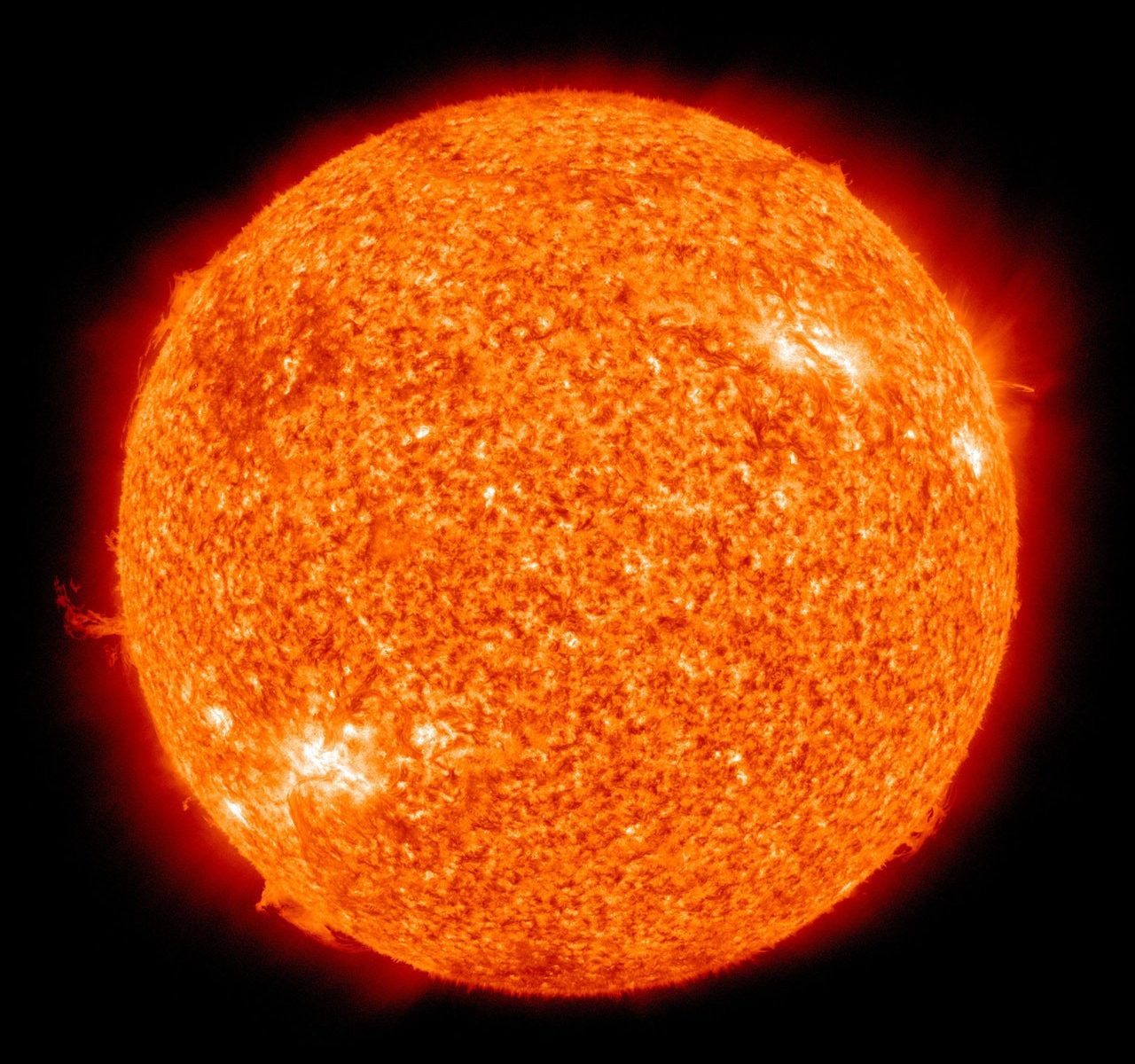The heat from our planet is referred to as geothermal energy.
The heat from our planet is sustainable and it is clean.
Geothermal energy resources range from very shallow ground just below our feet through to hot rock and hot water that is located well below the surface of the Earth, quite a few miles down.
Even farther down you can find magma which is a molten rock. This magma has particularly high temperatures.
You’ll find, if you care to test it, that almost everywhere around our planet the uppermost ten feet or so maintains a relatively consistent temperature. This temperature ranges between 50 and 60 degrees Fahrenheit (10-16 Centigrade).
As a way of heating and cooling buildings, geothermal heat pumps are able to tap into this source.
The heat pump system is made up of the heat pump, ductwork to deliver the air, in addition to a heat exchanger which are pipes linked together and positioned near the “target” building in shallow ground.
During the winter months, heat is removed from the heat exchanger by the heat pump. After this, it is pumped into the interior delivery system.
In the summer, heat that is removed from inside the building can be utilized as a way of providing hot water inside the building. The hot water is entirely free, besides the cost of the water, of course.
Hot natural water that can be found near to the Earth’s surface – geothermal water reservoirs – can be used in direct fashion to produce heat for a variety of applications.
These geothermal reservoirs can be used to heat buildings, for greenhouse plant production, to dry crops, to heat water at fish farms, for pasteurizing milk, and for many other large-scale industrial applications.
So, what are the advantages of geothermal energy?
How about the disadvantages of geothermal energy?
Let’s find out now.
Continue reading “Advantages and Disadvantages of Geothermal Energy”








